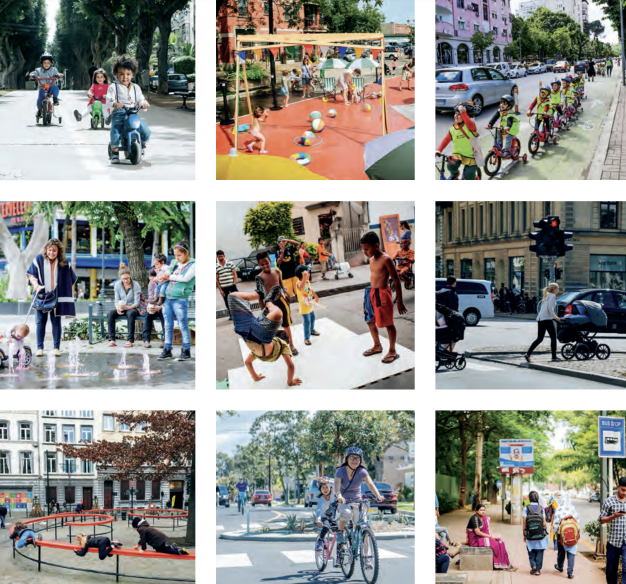
Planning child-friendly cities – what is the responsibility of local authorities?
Irrespective of the country or region, local authorities play a pivotal role in shaping the built environment, and their decisions have profound implications for the well-being and development of children. Here we explore the responsibilities of local authorities in planning child-friendly cities, highlighting the benefits of such initiatives and the principles that guide their implementation.
One of the primary responsibilities of local authorities in planning child-friendly cities is to create safe, accessible, and inclusive public spaces where children can play, learn, and socialise. This entails designing parks, playgrounds, and recreational areas that cater to the diverse needs and abilities of children of all ages. Moreover, local authorities must prioritise the development of safe walking and cycling routes, ensuring that children can travel to school and other destinations independently and without fear of traffic hazards or crime.
Local authorities have a responsibility to promote active transportation modes such as walking and cycling as viable alternatives to car-centric transportation systems. By investing in pedestrian-friendly infrastructure, including sidewalks, crosswalks, and pedestrian bridges, cities can enhance the safety and accessibility of walking routes for children and their families.
‘Prioritise safe walking and cycling routes’
Similarly, the development of cycling infrastructure, such as bike lanes and bike-sharing programs, encourages children to adopt healthy and sustainable modes of mobility from a young age.
Another critical responsibility of local authorities is to ensure equitable access to essential services such as education and healthcare for all children, regardless of their socio-economic background or geographic location. This involves planning for the equitable distribution of schools, daycare centers, and healthcare facilities within neighbourhoods, reducing barriers to access and promoting inclusive education and healthcare services for children and their families.
Local authorities must actively engage children and their families in the urban planning process, soliciting their input and incorporating their perspectives into decision-making processes. This can be achieved through participatory planning initiatives, community workshops, and youth-led projects that empower children to voice their needs, preferences, and aspirations for their neighborhoods. By fostering a culture of participation and collaboration, local authorities can ensure that urban planning initiatives are responsive to the needs and priorities of children and their communities.
In planning child-friendly cities, local authorities must prioritise equity and social justice, addressing the systemic inequalities and disparities that disproportionately affect marginalised and vulnerable children. This requires adopting a rights-based approach to urban planning that recognises children as rights holders and seeks to dismantle barriers to their full enjoyment of their rights.
‘Youth-led projects that empower children’
Moreover, local authorities must address issues such as poverty, homelessness, and discrimination through targeted policies and programs that promote social inclusion and economic empowerment for all children and their families.
The responsibility of local authorities to plan child-friendly cities is rooted in a commitment to promoting the well-being, development, and rights of children within urban environments. By prioritising safe and accessible public spaces, promoting active transportation and sustainable mobility, enhancing access to education and healthcare, fostering community engagement and participation, and prioritising equity and social justice, local authorities can create cities that are inclusive, resilient, and conducive to the healthy development of all children.
As cities continue to grow and evolve, it is essential that local authorities prioritize the needs of children in urban planning processes, ensuring that every child has the opportunity to thrive and fulfill their potential in the cities of tomorrow.




